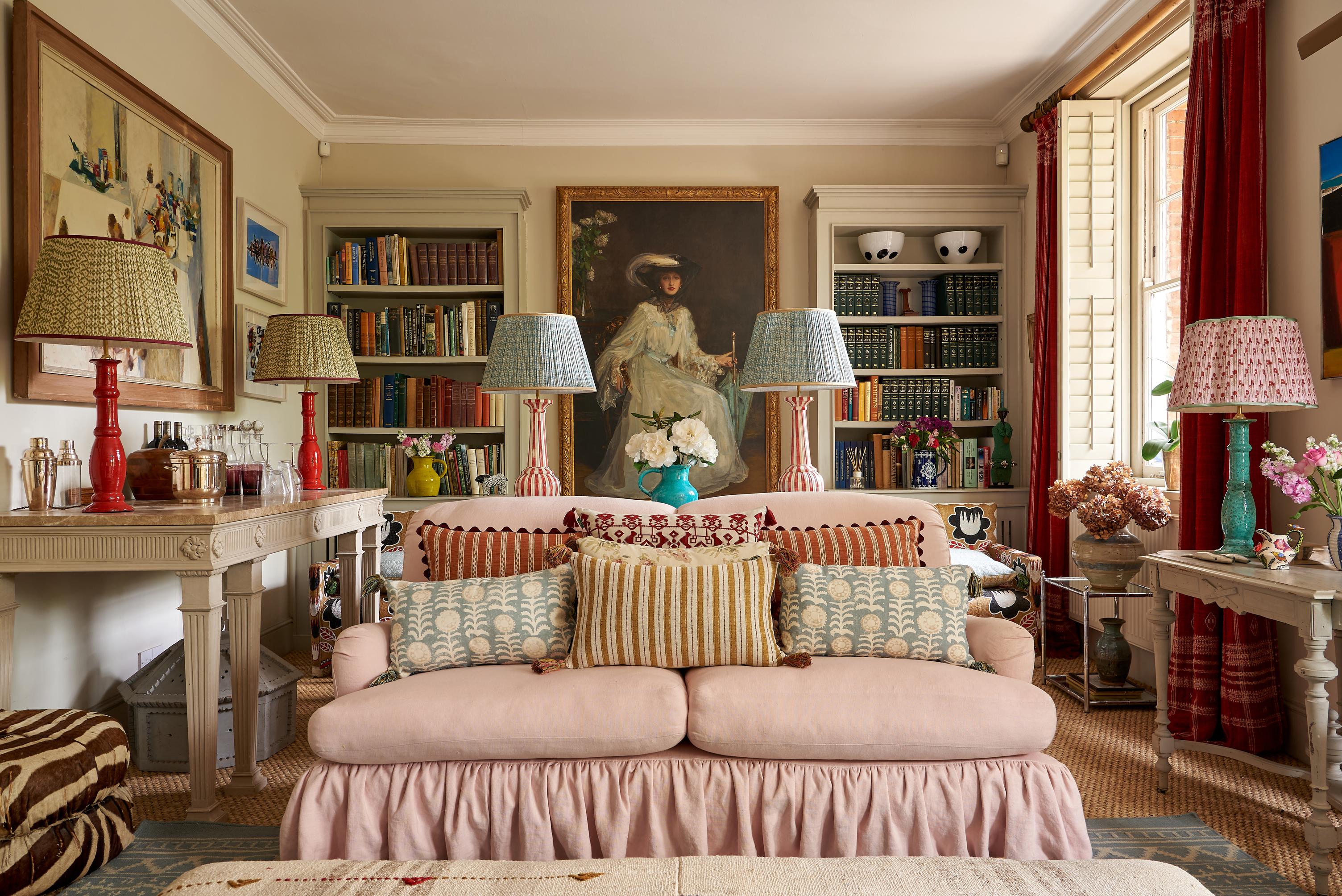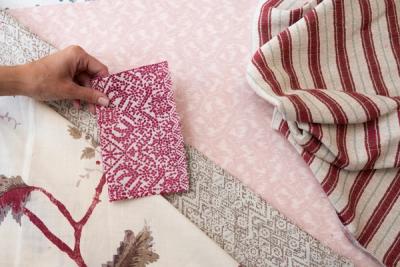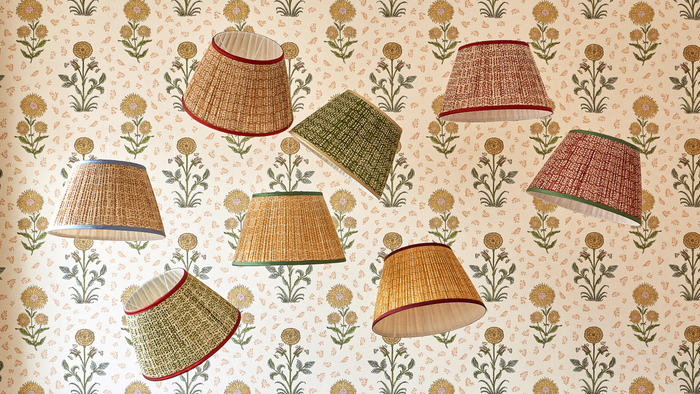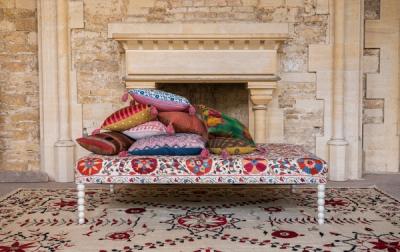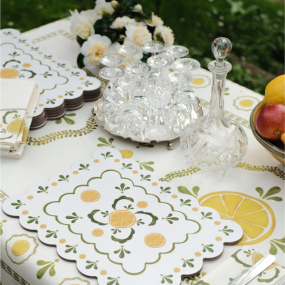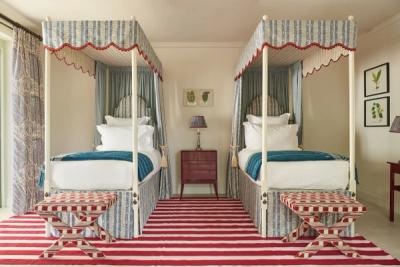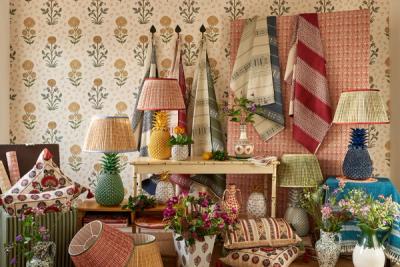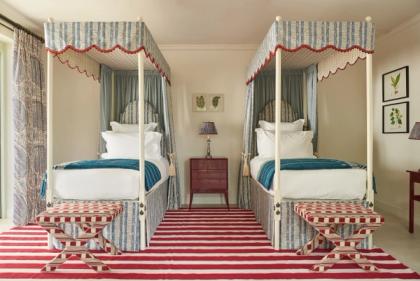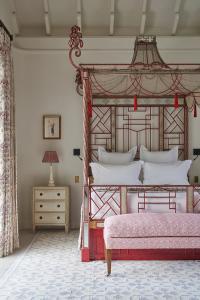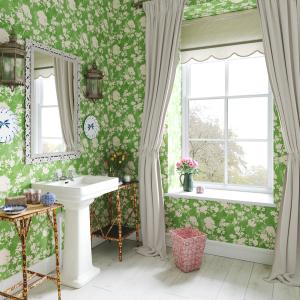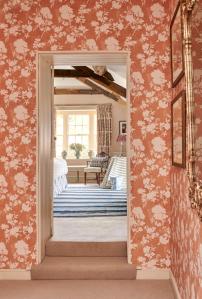
The Interior Designer's Rule of Thirds
There are very few out-and-out rules we’re willing to abide by when it comes to interior design. A lot of these rules turn out to be tied to a particular trend or movement in the interior design world, and not particularly useful in the broader scope. Also, once one of these ‘rules’ gets into your head, it can be hard to ignore it – even if you know it’s not quite as important as the advice columns make it sound.
Also, if you’re following rules, there’s a good chance that, one day, a contradictory rule will come along and make you question everything. It’s better to create a home you love, featuring elements that you chose because you love them, than filtering down your choices based on what the interior designers declare.
But, at the same time, some of the very basics of interior design can be incredibly useful. And, better yet, you don’t need to throw away or buy anything. Think of the ‘Rule of Thirds’ more like a guideline for your existing décor, rather than something that will cast doubt on what you love and what you have already.
What is the rule of thirds?
Put simply, it’s the recommendation that you introduce decorative elements in threes. In terms of colour, having three key, staple colours is generally the most effective. That’s not to say you can’t introduce any other colours, but that, when you walk into the room, that initial impact from the walls, the furnishings and, if you’re in the kitchen, the cupboards, and fittings is best made with three complimentary shades.
Too few, and the room can feel monochromatic (so, again, disregard if that’s what you’re going for) and too many, and the room can feel busy and unfocused. You can, however, take a look at our guide to decorating around a strict colour palette if you want to decorate by-the-book.
In terms of decorative objects, the rule of thirds is often useful. An even number of decorative items on a surface can easily look too symmetrical – or, if you’re trying to avoid that look of symmetry, too imbalanced.
With three items – or, for larger surfaces, five or seven – you can avoid the awkwardly symmetrical or asymmetrical looks and keep things feeling natural.
It’s also best to embrace the rule of thirds in your decorative lights (although there’s a little more on that below). Having at least three lamps in a room allows you to layer your lighting and, again, keep things from feeling overly symmetrical.
Finally, your walls. One of the reasons why the feature wall is such a popular and versatile design choice is because it adhered to the rule of thirds: three walls painted, one wallpapered. It’s a great way to give yourself the space to explore beautiful wallpapers without committing to an entire room. Two walls papered and two walls painted would look odd, but a three-and-one approach is very effective.
The rule of thirds for decorative lighting
Choosing a lamp base and lamp shade may not feel like something that can come with ‘rules’ but working around the idea of thirds often produces the most impactful results.
It can be tricky to work out what size of lampshade will work with your base. Decorative bases shouldn’t feel overshadowed by, or in competition with, the shade – and vice versa.
Ideally, the height of a lampshade will be approximately a third of the height of the base. Any shorter, and it can look too small for the base – any larger, and it will prove overpowering. You don’t need to scrutinise every millimetre on your tape measure for this, but it is worth keeping in mind.
Similarly, the width of the base will, ideally, be around a third of the width of the lampshade, so that there’s a good amount of overhang but not so much that your base looks like a short person under a large umbrella.
The rule of thirds is, at its core, about balance – or, more specifically, avoiding it. When a room, shelf, or piece of furniture appears too balanced and too symmetrical, it can look very intentionally ‘staged’. It’s best to aim for a certain amount of organicity in your styling (if that doesn’t sound like a complete oxymoron), so that things can feel natural, lived-in, and not as though they have been fussed over.
Like most rules, however, this one only needs to be interpreted as a helpful guideline. If you can break it and still feel happy with the result, then that’s all the ‘permission’ you need to forget about the popular vote and go with what feels right.
More from Decoration
